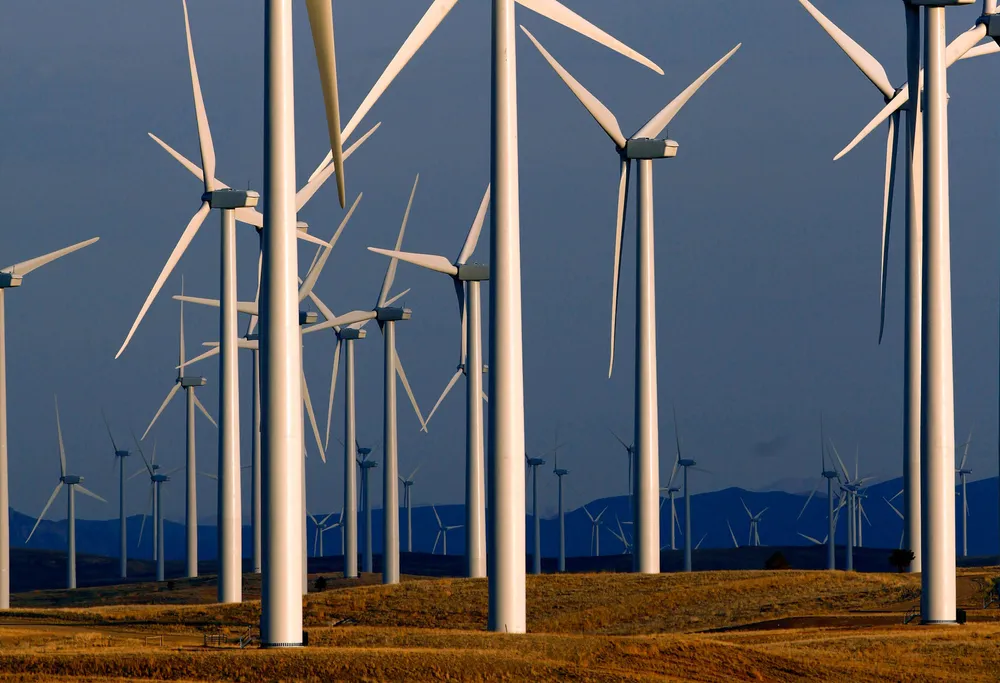Will renewable energy investments ever pass the point of no returns?
Returns on renewable assets remain lacklustre as government intervention threatens to lure investors away from the sector at a time when capital is most needed.

Returns on renewable assets remain lacklustre as government intervention threatens to lure investors away from the sector at a time when capital is most needed.
